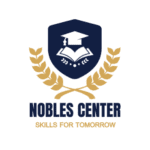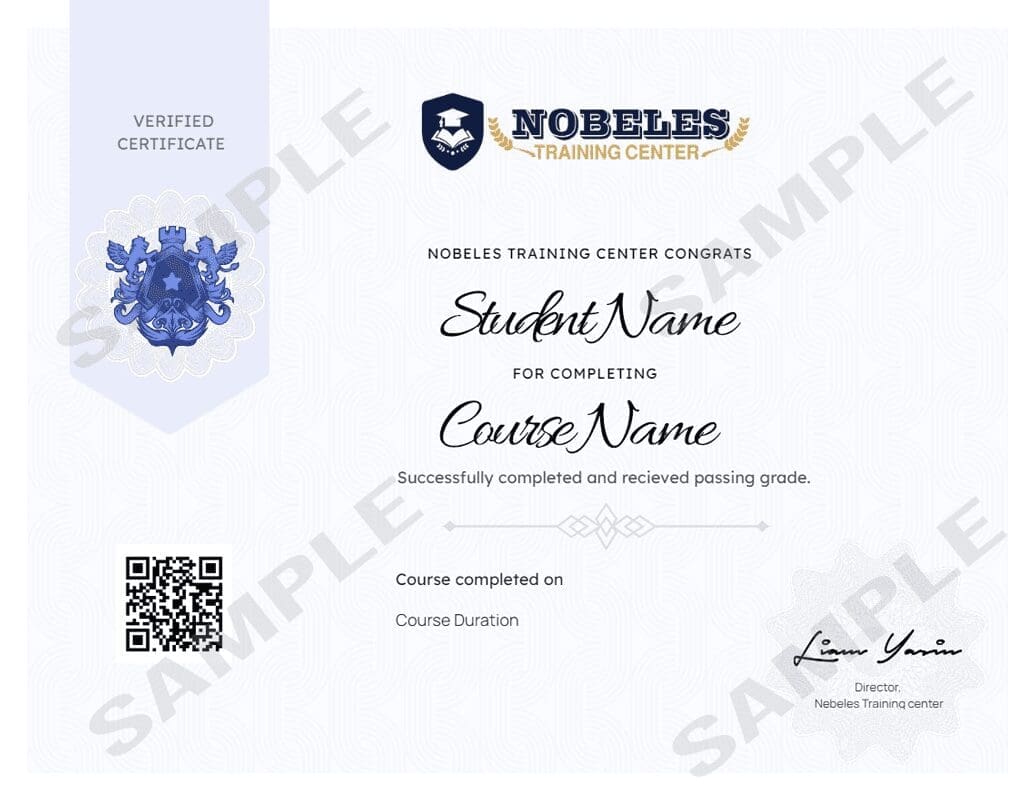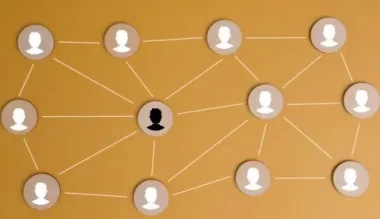Description
Curriculum
Instructor
For most of us, teamwork is a part of everyday life. Whether it’s at home, in the community, or at work; we are often expected to be a functional part of a performing team. This workshop will encourage participants to explore the different aspects of a team, as well as ways that they can become a top-notch team performer.
Please enter your name and email to view the content:
Curriculum
- 11 Sections
- 11 Lessons
- 8 Hours
Expand all sectionsCollapse all sections
- Defining SuccessDefining success in teamwork involves achieving collective goals, enhancing collaboration, fostering trust, improving communication, and creating a positive environment. It includes measuring outcomes, employee satisfaction, and overall team performance and cohesion.1
- Types of TeamsTypes of teams include functional teams (same department), cross-functional teams (various departments), self-managed teams (autonomous), virtual teams (remote collaboration), and project teams (temporary for specific goals or projects).1
- The First Stage of Team Development - FormingThe forming stage of team development involves team members meeting and establishing relationships. During this phase, individuals share information, define roles, and set initial expectations, laying the groundwork for collaboration and trust.1
- The Second Stage of Team Development - StormingThe storming stage of team development is characterized by conflict and competition as team members assert their ideas and roles. This phase often involves disagreements, power struggles, and challenges that must be resolved for effective collaboration.1
- The Third Stage of Team Development - NormingThe norming stage of team development involves team members resolving conflicts, establishing norms, and fostering collaboration. During this phase, relationships strengthen, communication improves, and the team develops a cohesive identity, enhancing overall effectiveness.1
- The Fourth Stage of Team Development - PerformingThe norming stage of team development involves team members resolving conflicts, establishing norms, and fostering collaboration. During this phase, relationships strengthen, communication improves, and the team develops a cohesive identity, enhancing overall effectiveness.1
- Team Building ActivitiesTeam building activities are structured exercises designed to enhance collaboration, communication, and trust among team members. These activities can include problem-solving tasks, outdoor challenges, workshops, social gatherings, and trust-building exercises, all aimed at fostering a positive team dynamic.1
- Making the Most of Team MeetingsMaking the most of team meetings involves setting clear agendas, establishing goals, encouraging participation, staying on topic, respecting time limits, and following up with action items. This approach enhances productivity and fosters effective communication.1
- Solving Problems as a TeamSolving problems as a team involves collaborative brainstorming, encouraging diverse perspectives, analyzing data collectively, and utilizing structured approaches like SWOT analysis or the 5 Whys. This fosters creativity, strengthens relationships, and promotes effective solutions.1
- Encouraging TeamworkEncouraging teamwork involves fostering a collaborative culture, promoting open communication, recognizing individual contributions, providing team-building opportunities, and setting shared goals. These strategies enhance trust, improve morale, and drive overall team performance.1
- Post TestPost Test1
Nobles Center

5 Students146 Courses
Review
$255.00
245 students
11 lessons
Language: English
0 quiz
Assessments: Yes
Skill level All levels
Nobles Certificate
At the end of the course, you can download a copy of your certified certificate.
Nobeles Academy
Mobile Application
Download the Nobeles center mobile app from the app app store, click the button below
Courses you might be interested in
Your organization’s people are its greatest asset, and when they work together as a team they accomplish even more. But teamwork doesn’t just happen. Teams have to be created, developed,...
-
11 Lessons
$245.00



